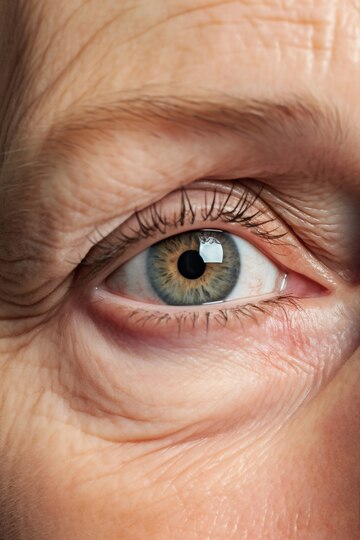Clear Vision, Bright Future:
Defeating Glaucoma Together
Glaucoma is one of several eye illnesses that destroy the optic nerve, mostly due to enhanced pressure inside the eyeball. If left unattended, it may cause permanent loss of sight and even total blindness. The purpose of glaucoma treatment is to minimize intraocular pressure (IOP) to prevent further damage to the optic nerve and preserve sight.
SYMPTOMS
Peripheral Vision Loss
There might be no noticeable signs at first, but with time, peripheral (side) vision slowly fades away.
High Intraocular Pressure
Sometimes, Glaucoma causes elevated IOP, which can be spotted during regular eye check-ups.
Redness in the Eye
If angle-closure Glaucoma develops suddenly, redness and soreness may be observed on palpation of the eyeball.
Gradual Loss of Vision
Sometimes irreversible damage occurred before noticing any decline in sight.
Nausea and Vomiting
This happens because of severe pain and pressure in your eyes that you could feel.
Sudden Eye Pain
Severe pain that is often accompanied by headaches or facial pain.
DIFFERENT TYPES OF GLAUCOMA
- Commonest type.
- The trabecular meshwork is obstructed partially, but the drainage angle formed between the cornea and iris remains open.
- It is a slowly developing and life-long condition.
- It is painless with slow loss of side vision.
- It is less common but is an emergency medical condition.
- Closure or sudden blockage of the drainage angle.
- This can suddenly increase pressure inside the eye (intraocular pressure).
- Symptoms are severe eye pain, nausea, vomiting, and sudden changes in sight.
- Damage to the optic nerve occurs despite average eye pressure.
- The cause is not known precisely but may involve a sensitive optic nerve or reduced blood supply within the nerve tissue itself, leading to ischemic damage.
- Present at birth.
- This arises out of improper development of the eye’s filtering system.
- Enlarged eyes, cloudy corneas, and sensitivity to light are some of its symptoms.
- Results from another medical condition such as an injury to the eye, inflammation, tumors, or advanced cataracts.
- Some medications, like corticosteroids, can also cause it.

CAUSES & RISK FACTORS

01.Age: Risk goes up with age.
02.Family History: Having a family member who has Glaucoma, increases one’s risk because genetics is involved in these conditions.
03.Medical Conditions: These include diabetes, high blood pressure, and heart disease. They can raise the chances of an individual developing glaucoma.
04.Eye Conditions: These include severe eye injuries, retinal detachment, eye tumors, and inflammation, to name a few.
05.Prolonged Corticosteroid Use: Especially eye drops.
DIAGNOSIS & MONITORING
Comprehensive Eye Exam
Visual acuity test, visual field test, dilated eye exam, and tonometry to measure IOP.
Optic Nerve Imaging
Optical coherence tomography (OCT) and other imaging technologies for assessing optic nerve damage.
TREATMENT
Medications
Eye Drops or Oral Medication to lower IOP.
Surgery
Trabeculectomy, Drainage implants, Minimally Invasive Glaucoma Surgeries.
Laser Treatment
Laser Treatment for improved drainage.
WHY TO CHOOSE US ?
Highly Qualified Specialists:
The hospital prides itself on having experienced ophthalmologists and glaucoma specialists who stay abreast of the latest developments in glaucoma treatment.
Early Detection:
Advanced diagnostics allow for early detection and intervention, which is critical for preserving sight.
Support Services:
Continual care support services for monitoring progress and adjusting treatments when necessary
Education Materials:
Patients should be provided with appropriate information about the disease and treatment so that they can make informed choices.
Laser Care:
Options such as laser trabeculoplasty and iridotomy enhance fluid drainage and reduce intraocular pressure.
